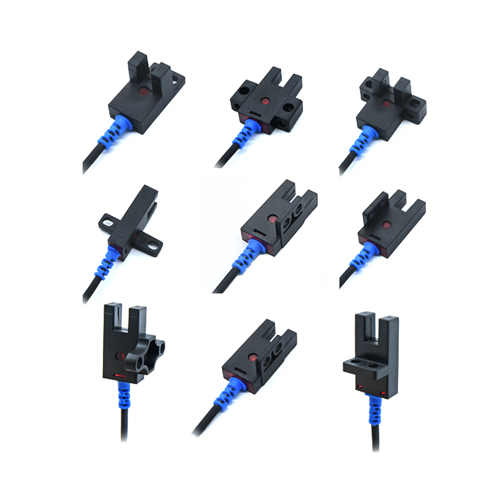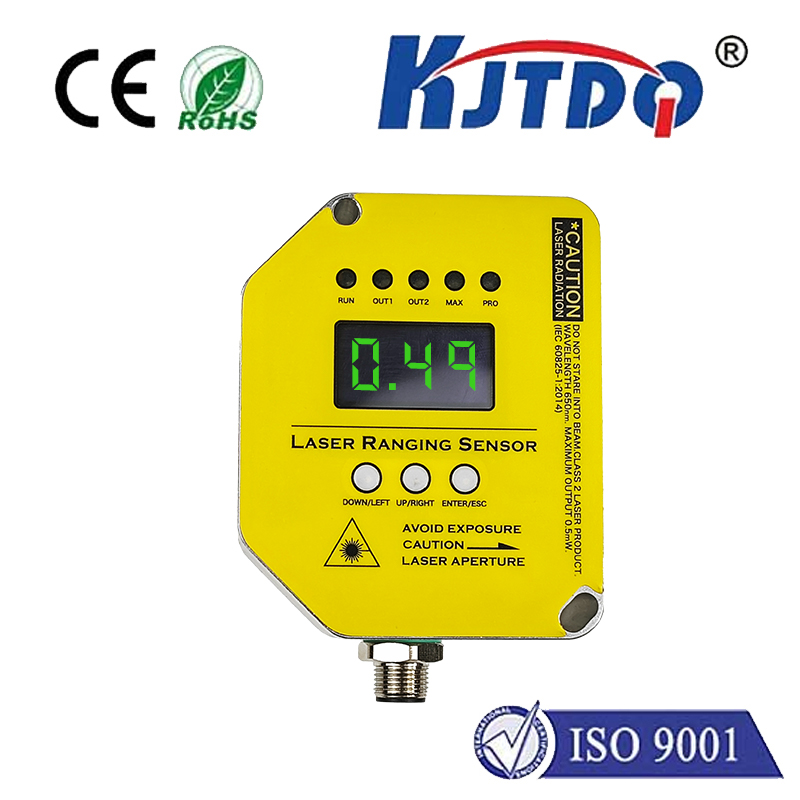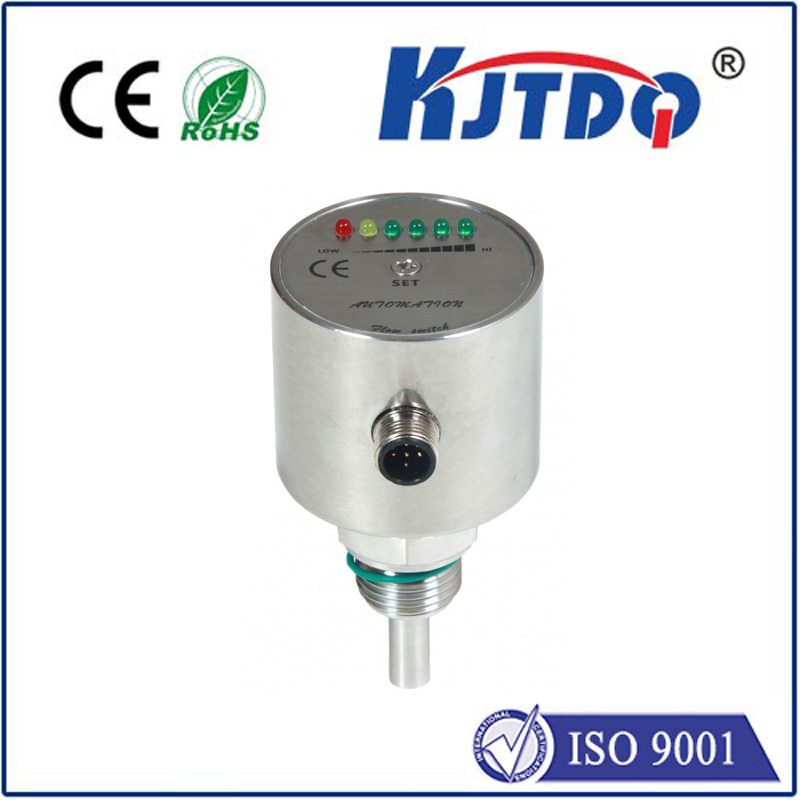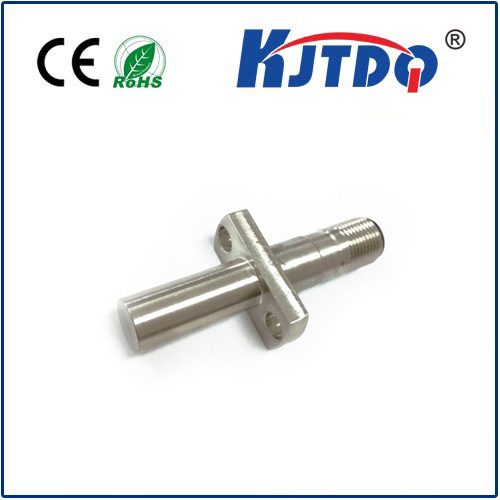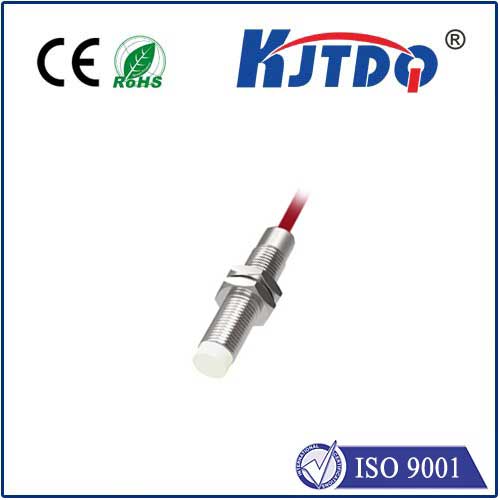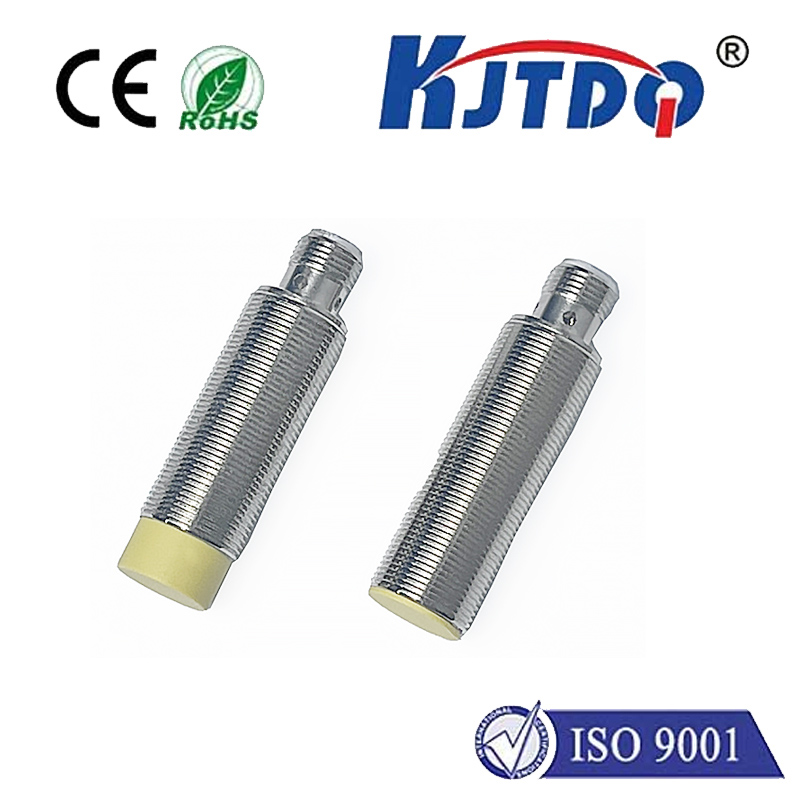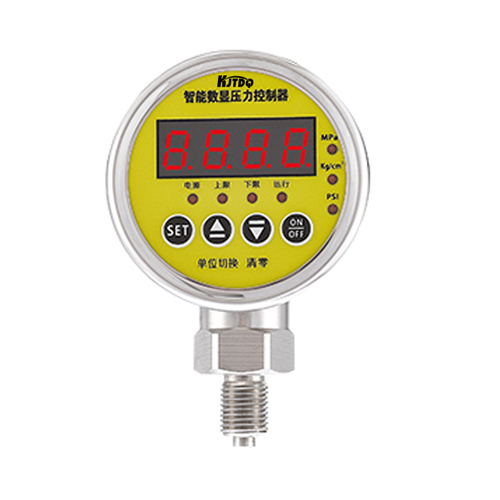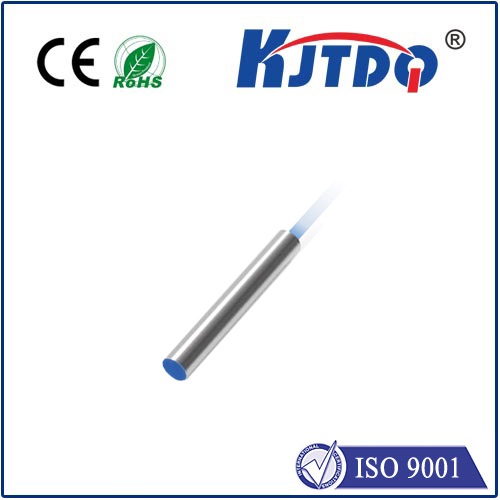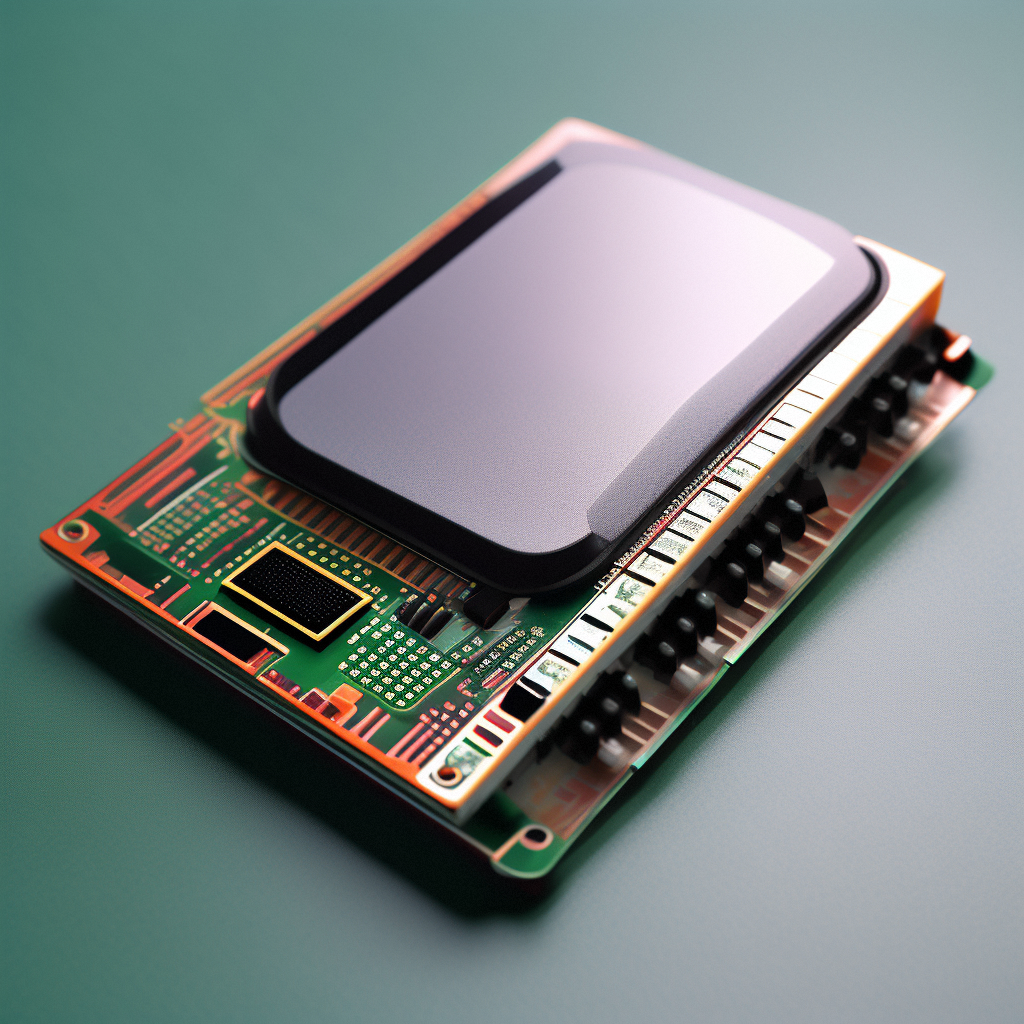high precision proximity sensor
- time:2025-06-18 00:45:26
- Click:0
High Precision Proximity Sensors: The Unseen Guardians of Accuracy in Automation
Imagine a robotic arm assembling a microchip, its movements precise down to a fraction of a hair’s width. Picture a surgeon navigating delicate tissue with robotic assistance, requiring absolute spatial certainty. Envision a production line flawlessly sorting minuscule electronic components at blinding speed. At the heart of these feats, and countless others demanding exceptional accuracy, lies a critical component: the high precision proximity sensor.
These aren’t your average proximity detectors. While standard sensors excel at basic presence detection (“Is something there?”), high precision proximity sensors answer a far more demanding question: “Exactly how far away is the object, and how consistently can that distance be measured with minimal error?” They are the meticulous observers of the industrial and technological world, enabling tasks where even micron-level deviations can lead to failure, waste, or compromised safety. Understanding their capabilities is crucial for applications demanding the pinnacle of non-contact measurement.
The Core Distinction: Precision Beyond Presence
Standard proximity sensors provide a binary output—typically “on” when an object enters a defined detection zone and “off” when it exits. This is sufficient for countless applications like counting objects or triggering simple mechanisms. High precision proximity sensors, however, go fundamentally further. They provide a continuous, analog output signal (like voltage or current) or highly granular digital data that corresponds directly to the actual distance between the sensor face and the target object.
This ability hinges on extreme stability, repeatability, and resolution:

- Resolution: The smallest detectable change in distance. High-precision sensors offer resolutions down to the sub-micron or nanometer range, perceiving movements invisible to the naked eye.
- Repeatability (Precision): The consistency with which the sensor returns the same output when measuring the same distance under identical conditions. This is paramount for reliable automation. High repeatability minimizes process variation.
- Accuracy: How closely the sensor’s output reflects the true distance to the target. While absolute accuracy is desirable, exceptionally high repeatability is often sufficient for closed-loop control systems.
- Linearity: How consistently the change in output corresponds to the change in distance across the sensor’s measuring range. Good linearity simplifies calibration and system integration.
- Low Hysteresis: Minimal difference in output when approaching the same point from different directions.
- Temperature Stability: Maintaining performance across varying operational temperatures, a critical factor in demanding environments.
Key Technologies Enabling High Precision
Several sensing principles are employed to achieve these stringent requirements:
- Eddy Current (Inductive): Dominant in industrial settings for metallic targets. A high-frequency oscillating magnetic field induces eddy currents in the target. The sensor measures the change in the oscillator’s amplitude or frequency caused by the interaction, which correlates precisely with distance. They excel with ferrous and non-ferrous metals, offering resolutions down to < 0.1 µm and exceptional speed.
- Capacitive: Measures changes in capacitance between the sensor probe and the target object (acting as the other plate). The capacitance changes inversely with the distance. While sensitive to material properties (dielectric constant), capacitive sensors excel at detecting non-metallic targets (plastics, liquids, powders) with resolutions also reaching sub-micron levels. Shielding is critical to mitigate environmental interference.
- Triangulation / Photoelectric: Uses a focused light beam (laser or LED) projected onto the target. A receiving lens captures the reflected light spot. The position of this spot on a photosensitive array changes based on the target distance, calculated via triangulation principles. Modern confocal chromatic sensors are a highly precise variant, using white light and spectral analysis to achieve resolutions in the nanometer range, suitable for complex surfaces and even transparent materials.
- Interferometric: Primarily laser-based (like Laser Interferometry), these represent the absolute pinnacle of precision, measuring distances by comparing the phase of split laser beams reflected off the target. Used in metrology labs, semiconductor manufacturing, and scientific research for sub-nanometer accuracy, though often at higher cost and complexity.
The Critical Role of Calibration and Environment
Achieving and maintaining high precision is not solely dependent on the sensor itself. Rigorous calibration against traceable standards is essential, often performed at the factory and periodically throughout the sensor’s life. Environmental factors like temperature drift and electromagnetic interference (EMI) can significantly impact performance. High-quality sensors incorporate sophisticated compensation algorithms and robust shielding (e.g., IP67/IP69K ratings for ruggedness) to mitigate these effects.
Applications Where Precision is Non-Negotiable
The niche for high precision proximity sensors is defined by tasks where the cost of error is high:
- Industrial Automation & Robotics: Micro-positioning of robot arms, end-effectors, and stages; ultra-precise assembly of electronics, optics, and medical devices; monitoring tool wear (detecting micron-level wear on cutting tools); active vibration control; monitoring shaft runout and bearing clearances.
- Semiconductor & Electronics Manufacturing: Critical for wafer handling, lithography stage positioning, wire bonding, and inspection systems operating at nanometer tolerances. Preventing contamination makes non-contact sensing essential.
- Medical Technology: Robotic surgery systems, precise drug dispensing equipment, diagnostic devices, and implant manufacturing all rely on sensors capable of sub-millimeter accuracy in sterile environments.
- Metrology & Quality Control: Coordinate Measuring Machines (CMMs), surface profilometers, and automated optical inspection (AOI) systems utilize high-precision sensors for dimensional verification and defect detection.
- Automotive: Testing and validation of engine components (e.g., piston ring gaps), precision fuel injection systems, and advanced driver-assistance systems (ADAS) sensor calibration.
- Research & Development: Scientific instrumentation, material science testing, and nanotechnology development demand the ultimate in measurement fidelity.
Balancing Precision with Practicality
While the benefits are immense, high precision comes with considerations:
- Cost: Advanced sensing elements, calibration, and compensation electronics make these sensors significantly more expensive than standard models.
- Complexity: Integration may require specialized mounting, cabling, signal conditioning, and expertise to achieve rated performance.
- Target Dependence: Performance can be influenced by the target’s material, shape, size, surface finish, and reflectivity.
- Range-Precision Trade-off: Achieving extreme resolution often limits the usable measurement range.
The Future: Smarter, Smaller, More Integrated Sensing
The evolution of high precision proximity sensors continues. We see trends towards:
- Miniaturization: Enabling precision measurement in confined spaces.
- Increased Intelligence: Onboard processing for self-diagnostics, advanced filtering, and direct digital outputs (IO-Link, Ethernet-based protocols).
- Multi-Sensor Fusion: Combining data from different sensor types to overcome individual limitations and provide richer contextual information.
- Enhanced Robustness: Designs resilient to harsher environments and broader temperature ranges.
From ensuring the flawless manufacture of life-saving medical devices to enabling the next generation of micro-electronics, high precision proximity sensors are the silent enablers of accuracy in an increasingly demanding technological landscape. Their ability to measure minute distances reliably and consistently continues to push the boundaries of what automation and measurement systems can achieve. Selecting the right sensor requires careful consideration of the application’s specific accuracy requirements, target properties, and environmental conditions. When the margin for error is zero, nothing less than high precision will suffice.












